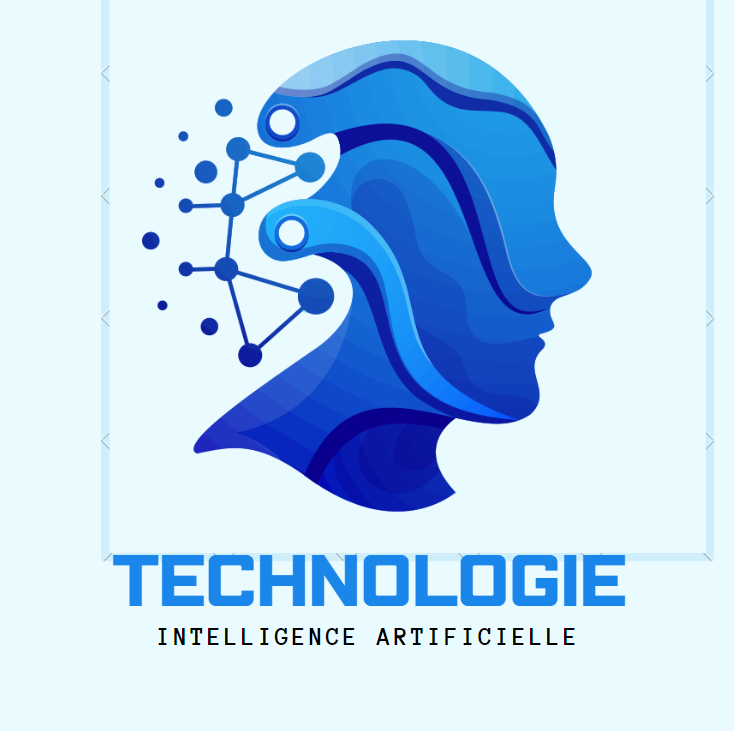Introduction
Artificial Intelligence (AI) refers to the simulation of human intelligence in machines that are programmed to think and learn like humans. AI encompasses a range of techniques and technologies that enable computers to perform tasks that would typically require human intelligence, such as recognizing speech, making decisions, translating languages, and visual perception.
 |
| ai and genetic engineering |
Genetic Engineering refers to the direct manipulation of an organism's genes using biotechnology. It involves altering the genetic material of an organism to achieve desired traits or eliminate undesired ones.
Can ai be used in genetic engineering and gene therapy research?
Yes, AI can significantly contribute to genetic engineering and gene therapy research in several ways:
- Data Analysis: AI can process and analyze large datasets generated from genomic studies, identifying patterns and correlations that might be missed by traditional methods. This can accelerate the discovery of gene-disease associations and potential therapeutic targets.
- Gene Editing: AI algorithms can enhance the precision of gene-editing tools like CRISPR-Cas9. They can predict the most effective guide RNA sequences, minimize off-target effects, and optimize editing efficiency.
- Drug Discovery: AI can help identify potential gene therapies and small molecules that can correct genetic defects. By simulating interactions between genes and drugs, AI can predict the most promising candidates for further development.
- Personalized Medicine: AI can analyze an individual’s genetic information to predict how they will respond to specific therapies. This can enable the development of personalized treatment plans, improving the efficacy and safety of gene therapies.
- Functional Genomics: AI can help understand the functions of various genes and their interactions within the genome. This can provide insights into the mechanisms of genetic diseases and identify new therapeutic targets.
- Synthetic Biology: AI can assist in designing synthetic genes and genetic circuits, optimizing them for specific functions or behaviors. This is crucial for applications in biotechnology and medicine.
Overall, AI can streamline various aspects of genetic engineering and gene therapy, from basic research to clinical applications, enhancing our ability to develop effective treatments for genetic diseases.
How can artificial intelligence and machine learning improve genomic data?
Artificial intelligence (AI) and machine learning (ML) can significantly improve genomic data in several ways:
1. Data Integration and Management:
- Handling Large Datasets: AI and ML can manage and analyze vast amounts of genomic data efficiently, which is essential given the large size of genomic datasets.
- Data Cleaning and Preprocessing: AI algorithms can automate the preprocessing steps, such as removing noise and correcting errors in genomic data.
2. Pattern Recognition:
- Identifying Genetic Variants: ML algorithms can detect and classify genetic variants, including single nucleotide polymorphisms (SNPs), insertions, deletions, and structural variants, more accurately and quickly than traditional methods.
- Understanding Genomic Patterns: AI can uncover complex patterns and relationships in genomic data that might be missed by conventional analysis techniques.
3. Functional Annotation:
- Gene Function Prediction: AI can predict the functions of unknown genes by analyzing patterns in the genomic sequences and comparing them to known genes.
- Regulatory Elements Identification: ML models can identify regulatory elements, such as promoters, enhancers, and silencers, which control gene expression.
4. Disease Association Studies:
- Genome-Wide Association Studies (GWAS): AI can enhance GWAS by efficiently identifying associations between genetic variants and diseases or traits.
- Polygenic Risk Scores: ML can improve the calculation of polygenic risk scores, which estimate an individual's predisposition to certain diseases based on their genetic profile.
5. Predictive Modeling:
- Disease Prediction: AI models can predict the likelihood of developing genetic disorders based on genomic data, aiding in early diagnosis and preventive measures.
- Therapeutic Response Prediction: ML algorithms can predict how patients with specific genetic profiles will respond to particular treatments, facilitating personalized medicine.
6. Genomic Data Interpretation:
- Variant Interpretation: AI can assist in interpreting the clinical significance of genetic variants, helping clinicians understand the potential impact on health.
- Pathway Analysis: ML can analyze biological pathways and networks to determine how genetic variations affect cellular functions and contribute to diseases.
7. Enhancing Gene Editing:
- CRISPR-Cas9 Optimization: AI can optimize CRISPR guide RNA design, increasing the accuracy and efficiency of gene editing while reducing off-target effects.
- Predicting Editing Outcomes: ML can predict the outcomes of gene editing experiments, assisting researchers in designing more effective interventions.
8. Epigenomic Analysis:
- Epigenetic Modifications: AI can analyze epigenomic data to understand how chemical modifications to DNA and histones influence gene expression and contribute to diseases.
- Chromatin Accessibility: ML models can predict chromatin accessibility, helping to map regulatory regions across the genome.
By leveraging AI and ML, researchers can gain deeper insights into the complexities of genomic data, accelerate discoveries, and improve the development of diagnostic and therapeutic strategies.
Conclusion
Artificial intelligence (AI) and genetic engineering are transformative technologies with the potential to revolutionize various sectors, including healthcare, agriculture, and biotechnology. The convergence of these fields offers unprecedented opportunities, but also raises significant ethical, social, and regulatory challenges.
التسميات
Artificial Intelligence
